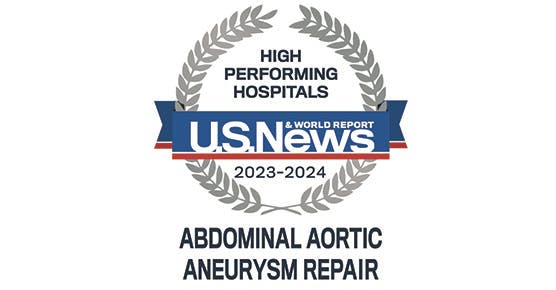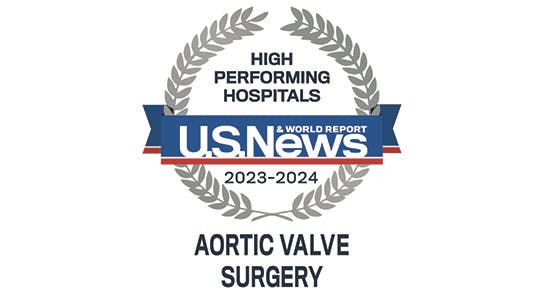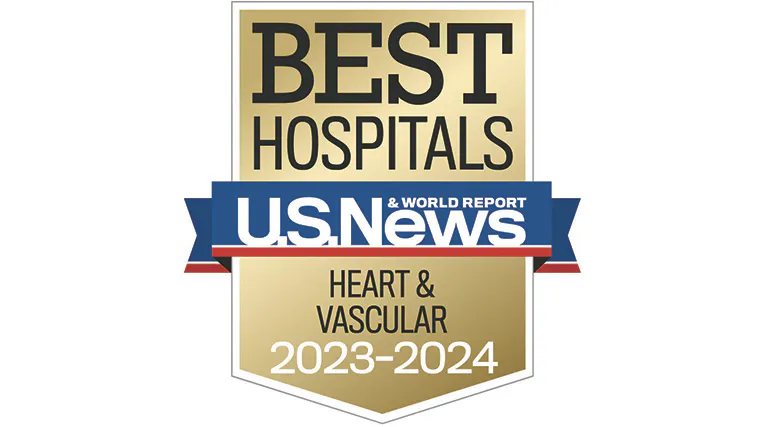Thoracic Aortic Aneurysm

High Performing in Abdominal Aortic Aneurysm Repair
According to U.S. News & World Report's 2023-24 Rankings

High Performing in Aortic Valve Surgery
According to U.S. News & World Report's 2023-24 Rankings
Find an Aortic Disease Location Near You
Request an Appointment
The information you provide will enable us to assist you as efficiently as possible. A representative will contact you within one to two business days to help you schedule an appointment.
To speak to someone directly, please call 1-773-702-6128. If you have symptoms of an urgent nature, please call your doctor or go to the emergency room immediately.
By submitting this form you acknowledge the risk of sending this information by email and agree not to hold the University of Chicago or University of Chicago Medical Center liable for any damages you may incur as a result of the transfer or use of this information. The use or transmittal of this form does not create a physician-contact relationship. More information regarding the confidentiality of this request can be found in our Privacy Policy.
* Indicates required field


